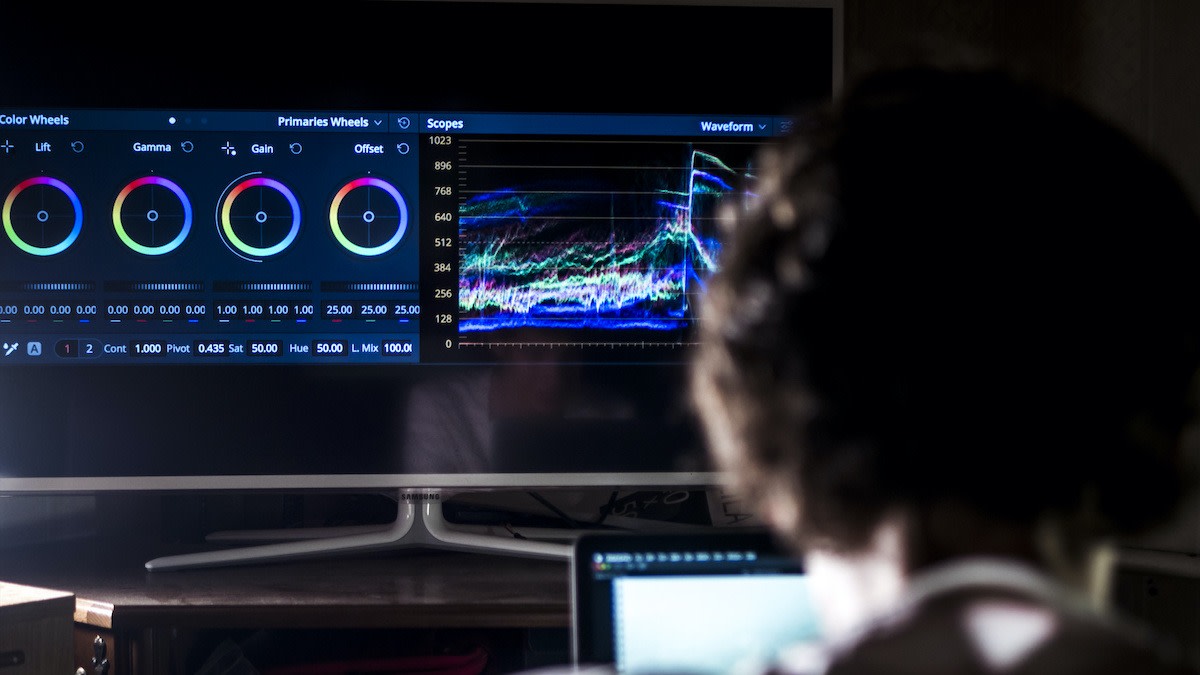Color Correcting vs. Color Grading: Understanding Film Coloring
Written by MasterClass
Last updated: Jun 16, 2021 • 3 min read
Color correction and color grading are processes that occur during postproduction. One makes the film look more natural, and the other stylizes the footage.
Learn From the Best
What Is Color Correcting?
Color correction is a technical process that occurs during a film’s post-production phase. Film colorists use editing software to adjust the color, contrast, and exposure of film footage so that it appears natural and unprocessed—the way the human eye experiences it in real life. Working closely with a film's director and cinematographer, the colorist ensures that the completed film looks precisely as intended.
The colorist also corrects technical color errors. For example, if an actor gives their best performance in a scene with compromised lighting, a film colorist can save the scene by correcting the lighting so it appears consistent with the rest of the film’s footage.
Color correction is also used to optimize the footage so any added visual effects (VFX) blend in as seamlessly as possible.
What Is Color Grading?
Color grading is the process of stylizing the color scheme of your footage by “painting” on top of what you’ve established through color correction. After the colorist completes color correction, they can begin the process of grading the footage. During color grading, colorists use editing software to stylize the footage—emphasizing the visual tone and atmosphere of a movie, and making it look more cinematic.
Color grading can be used to make both technical and creative changes. Colorists use color grading for artistic purposes to ensure that the film's carefully curated color palette conveys a specific atmosphere, style, or emotion. For example, American Beauty (1999) uses more red in dramatic moments to represent passion, anger, and power, where Maleficent (2014) uses green to convey danger, corruption, and darkness.
How to Color Correct Video
Coloring video requires a keen eye and a lot of patience. For a basic guide on how to correct video color, check out the steps below:
- 1. Choose a picture profile. All cameras have pre-determined picture profiles that allow you to modify the footage you are capturing. A picture profile is a set of parameters establishing the baseline characteristics for your footage (like color, saturation, and tone), that gives your film a consistent look. During shooting, some filmmakers prefer to use a flat picture profile, which creates low-contrast, neutral footage that colorists can better enhance during post-production.
- 2. Adjust your white balance. Defining the white color is another part of the basic color correction process. White balance helps present colors truthfully on your video camera by determining the temperature of your white light. Color temperature and tint can affect the way all of your other colors look, so it’s important to define the level of your white to establish a baseline.
- 3. Fix your tones. Balancing tones is a necessary component of capturing quality footage. Balancing the dark tones (like black levels and shadows), highlights (the brightest light), and midtones (the mid-range between black and white) in your camera, can all enhance the exposure—the amount of available light the rest of your image needs to look correct.
- 4. Use your scopes. Scopes are useful color-monitoring tools that provide extra-detailed color information. For example, the vectorscopes in color correction software measure chrominance values like hue and saturation—your reds, greens, and blues (RGB). This is especially helpful for colorists when trying to color balance natural skin tones, as this color tool measures hue levels more precisely than the human eye.
- 5. Use color match. You can use lookup tables, or LUTs, to apply presets to your images in post-production. A LUT functions like a picture profile, but it allows editors to apply a consistent color scheme to footage after it has already been shot. Match color tools can save you editing time by automatically adjusting colors to match with your reference shot.
- 6. Do a secondary color correction. Your primary color correction will adjust your entire image, but you should follow it up with a secondary edit that focuses on more specific areas. A secondary correction lets you see any irregularities or unnatural color casts that don’t belong, and tweak smaller details that can have a larger effect on your overall image.
- 7. Make final adjustments. Once you’ve done your video color correction, you can use additive colors to tweak your video image and make any final color adjustments. If you’re going for a specific tone in your film, like coldness or isolation, you may want to (according to color theory) give your footage a bluer-cast. If you’re editing a film with fantasy or mysterious elements, you may want to color grade it with more purple tones.
Want to Learn More About Filmmaking?
Become a better filmmaker with the MasterClass Annual Membership. Gain access to exclusive video lessons taught by film masters, including David Lynch, Spike Lee, Jodie Foster, Martin Scorsese, and more.
